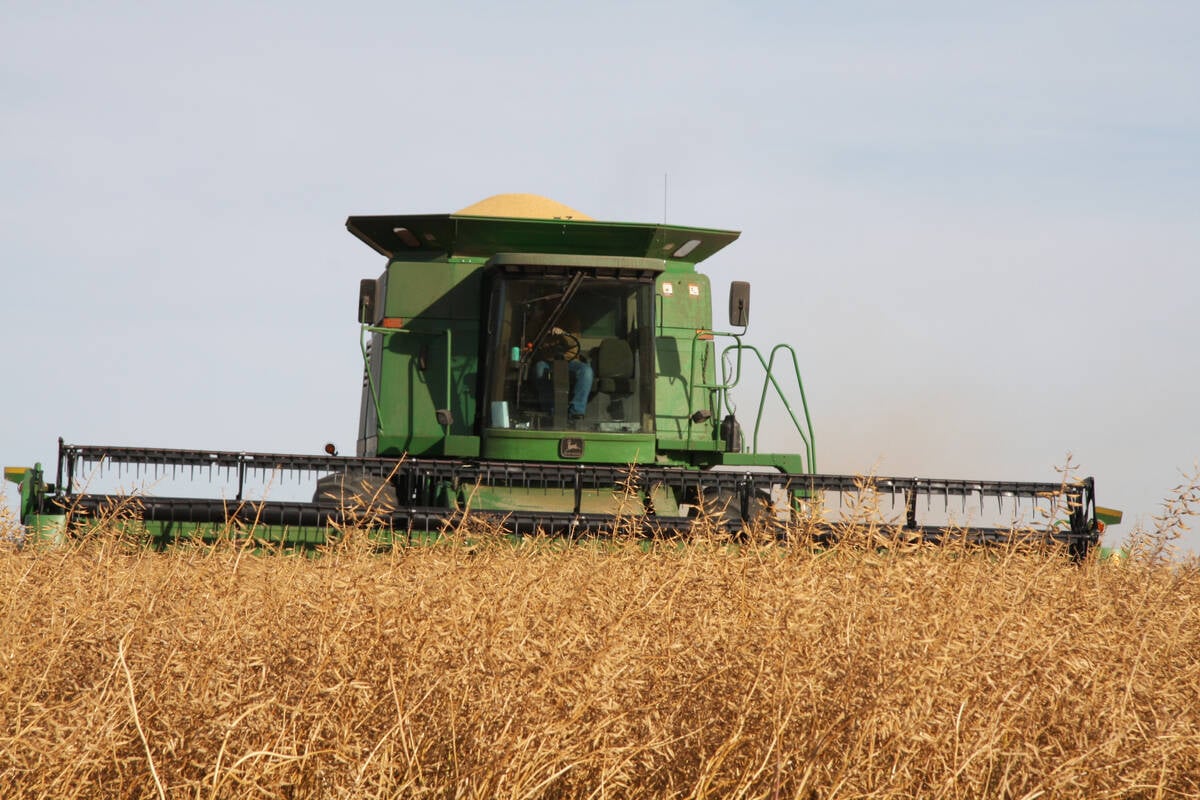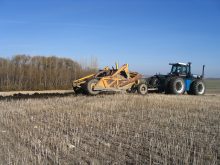A uniform grain crop can be far easier to discuss than achieve, but it’s still needed for optimum yields, crop quality, moisture conservation and a host of other agronomic advantages.
Achieving a uniform crop actually starts at harvest the previous year, says a crop consultant from Kentucky.
Phil Needham, owner of Needham Ag Technologies, told attendees of Saskatchewan Agriculture’s Agronomy Research Update in Saskatoon that uniformity starts with effective residue management in the fall.
Read Also

Mustard processor expands in southern Alberta
$30 million expansion for southern Alberta mustard facility adds milling capacity to largest supplier in the world of value-added milled mustard products
“I often drive from Regina to Saskatoon in the spring at seeding time or shortly after seeding time,” he said.
“In a year when they had good crops and good moisture, a lot of seeders really struggled from the point of view of getting through some of the heavier residue, especially if they plant in wheat after a cereal or canola after wheat.
“I think a lot of the problems from a point of view of uniformity simply go back to poorly managed residue at harvest time with the combine.”
A better solution may be to invest in new choppers and spreaders that better ensure appropriate, uniform placement of residue. As well, don’t forget to make sure all related tools are properly maintained, he said.
“Make sure the stationary knives and the rotary knives are replaced on a regular basis. Make sure you adjust them as well as possible for the conditions.”
Uneven residue management at harvest is a growing problem and one that gets worse the bigger combine headers get, said Needham.
“I’m not in favour of these wider heads. I’d rather you run faster with a 40- or a 45-foot head and do a better job spreading residue than create residue while driving slow with a 60 (foot header).
“You’ve obviously got to spread the residue evenly at harvest time, (but) even some of the newest combines, they’re struggling to spread residue much wider than 35, maybe 40 feet if you’re lucky. But growers are putting 50 foot heads on the front of these combines, oftentimes, so they’ve got residue streaks across the field.
“In Australia and parts of the U.S. and parts of Western Canada now, they’re trying to introduce the 60-foot heads and many combines couldn’t spread residue over 40 feet, let alone 50 or 60.”
Needham stressed that crop uniformity can make applications of fusarium-suppressing products much easier and uniform. If the crop isn’t uniform and the grower is waiting for parts of the crop to head out, they may miss the window for applying a product such as Prosaro Pro.
“What we’re trying to do is get uniform stands early, uniform emergence out of the ground so the crop heads out evenly,” he said.
“You’ve got to be able to apply your fungicide as the heads are heading out, ideally before the anthers begin dropping out of the spikelets.”
When seeding, Needham prefers mid-row banding to side-banding, particularly in heavy-residue environments.
“(When) growers are having to moisture-seek by planting two inches or perhaps deeper, some of the side-band openers disrupt a lot of soil. “
That can drive a lack of uniformity, he said.
“So the first opener point opens up the soil. The next one follows behind it (and) just explodes that side wall. So you get a lot of soil disturbance. And oftentimes the fertilizer doesn’t get good, consistent placement relative to the seeds. And sometimes you can get fertilizer injury.
“So it’s really important to try and select a type of seeding system that works in your area.”
If there’s one practice Needham would like to see eliminated in the majority of circumstances, it’s harrowing.
“I really, really think there’s a lot of fields that are harrowed and there’s absolutely no benefit at all from the harrowing,” he said.
“I think some of these harrows are actually hurting yields rather than helping yields because they’re not spreading residue. They’re losing moisture, and that in a dry year can be a yield-reducing effect.”
Again, Needham touted the virtues of a capable residue management system.
“I really question the benefit of harrowing and I’m just encouraging growers to spend the money on the better residue management systems at the back of combines rather than spending the money on the harrows and the time and the energy and the fuel.”


















